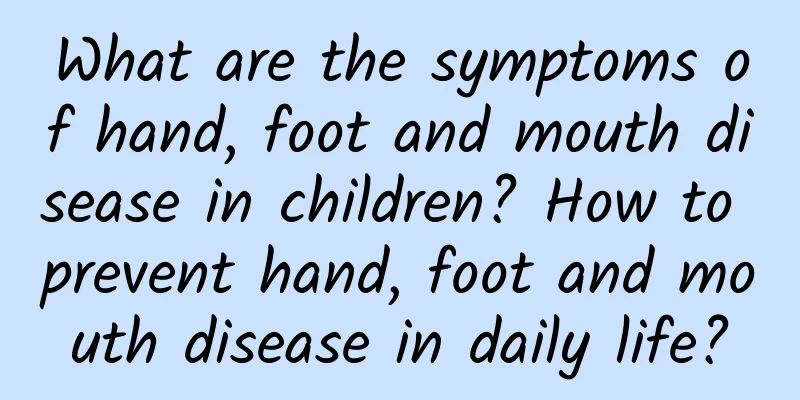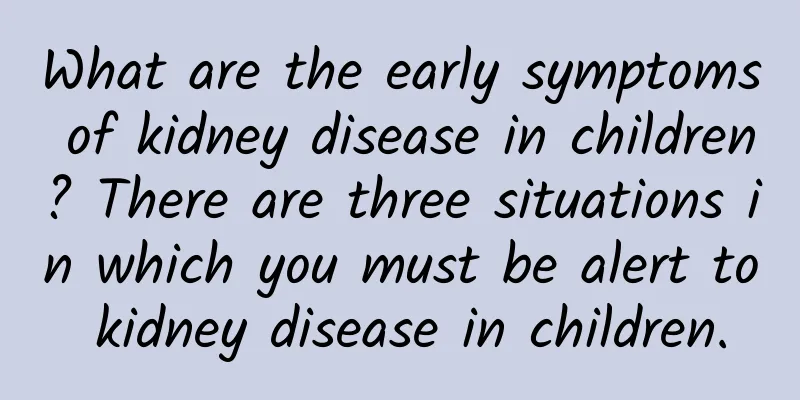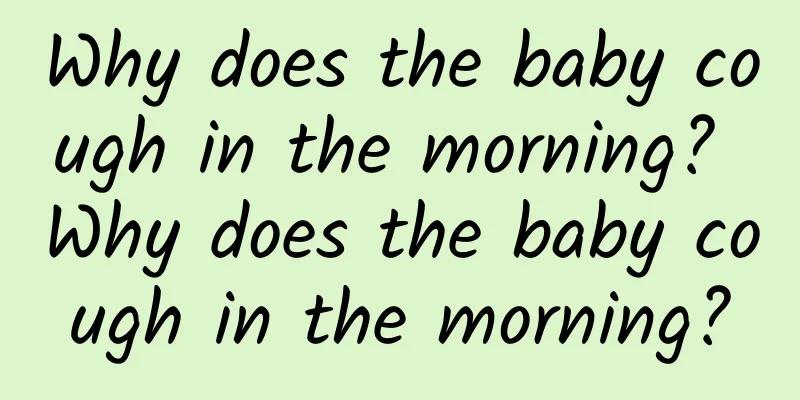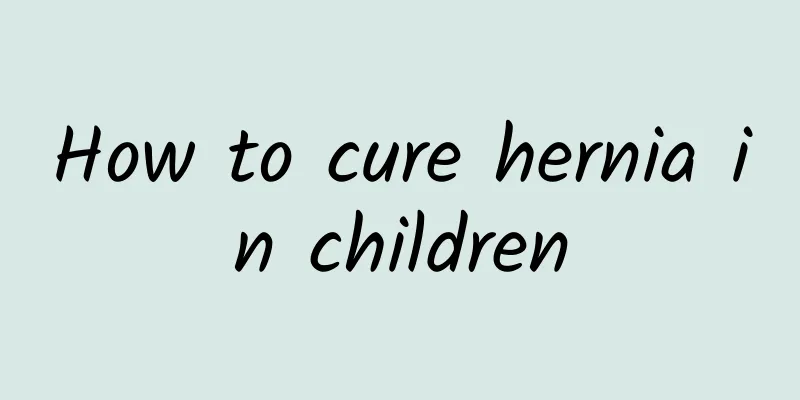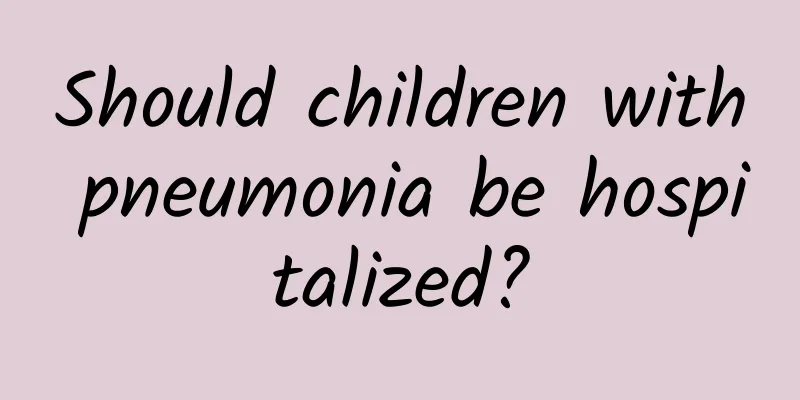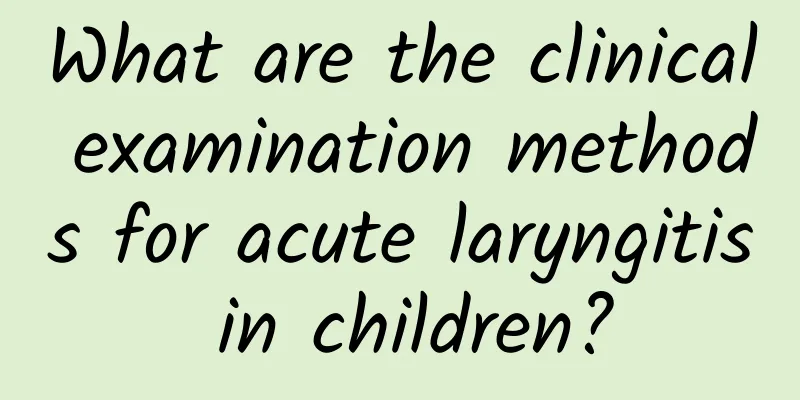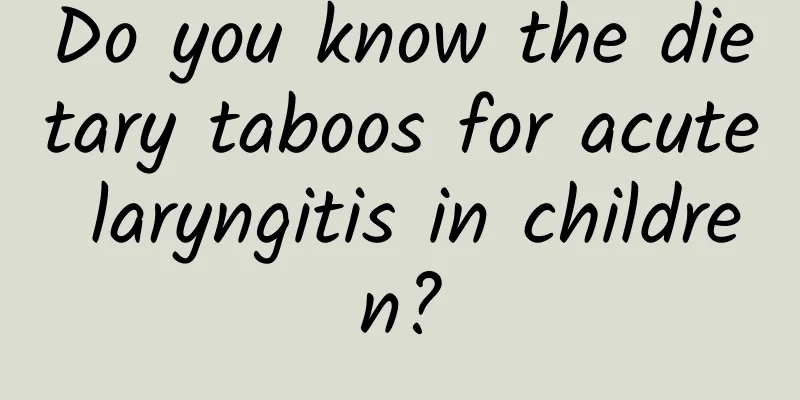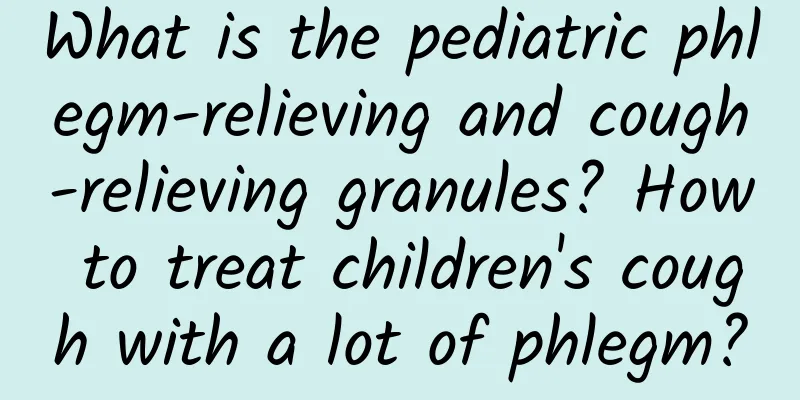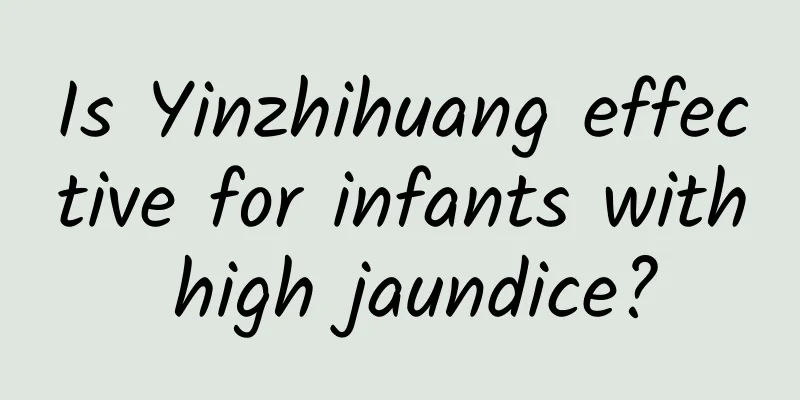Kidney disease medications for children
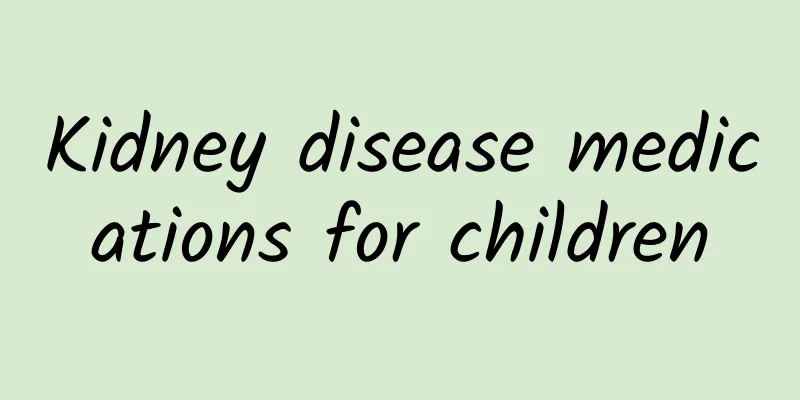
|
If a child suffers from pediatric kidney disease, we must understand that the purpose of treatment is to remove the causes and predisposing factors, eliminate edema, lower blood pressure, reduce or even eliminate proteinuria; increase plasma albumin, reduce hyperlipidemia, protect renal function, and avoid recurrence. Immunosuppressant treatment is the main treatment, general treatment, symptomatic treatment, and Chinese medicine treatment are supplementary. Here we will introduce the drugs for the treatment of pediatric kidney disease. Symptomatic patients should rest in bed; a normal amount of high-quality protein diet (1g/kg/d) and high calories (30-50Kcal/Kg.d) are recommended; those with obvious edema should be given a low-salt diet; eat less animal oil and foods high in cholesterol, such as egg yolks. Diuresis and swelling reduction: Thiazides plus potassium-sparing diuretics are effective; when the effect is not good, osmotic diuretics (such as low molecular weight dextran), albumin, and loop diuretics (such as furosemide) are used instead. Indications for the use of human albumin: ① unsatisfactory diuresis; ② hypovolemia after diuresis; ③ progressive decline in renal function in the short term. Diuresis should not be too strong, which can easily lead to hypovolemia, thrombosis and electrolyte imbalance. 1. Glucocorticoids: inhibit inflammatory response, immune response, secretion of aldosterone and antidiuretic hormone in patients with kidney disease, affect the permeability of glomerular basement membrane and other comprehensive effects to exert diuretic and eliminate urine protein. Principles of use: sufficient initial dose (1mg/kg, 8-12 weeks); slow reduction (2-3 weeks), and long maintenance (10mg/d for half a year to a year). Methods: Take once in the morning; Side effects: infection, diabetes, osteoporosis, gastrointestinal ulcers, hypercorticism syndrome (moon face, buffalo hump), skin diseases (acne, purple striae, hirsutism) and neuropsychiatric abnormalities (altered consciousness, mood swings, abnormal behavior, insomnia) 2. Cytotoxic drugs: Indications: Hormone therapy is ineffective; patients are dependent on hormones; patients with recurrent attacks or severe illness. ① Cyclophosphamide: Dosage (2 mg/kg/d, total amount 6-8 g); side effects: liver damage, hemorrhagic cystitis, bone marrow suppression, hair loss, gastrointestinal reactions, gonadal suppression, etc. ②Cyclosporin A: inhibits T helper cells and cytotoxic T cells. Dosage (3-5 mg/kg/d) to maintain the blood concentration at 100-200 ng/ml. Slowly reduce the dosage after 2-3 months of medication, and take it for about half a year. Side effects: liver and kidney toxicity, and can cause hypertension, hyperuricemia, hirsutism and gingival hyperplasia, etc. ③ Tacrolimus: Tacrolimus is a 23-membered macrocyclic ester that binds to FK506 binding protein (FKBP) in lymphocytes, inhibits the activity of Ca2-dependent serine/threonine phosphatase-calcineurin, blocks the activation of T lymphocyte-specific transcription factor (NF-ATc) and the synthesis of interleukin (ILs) cytokines. Tacrolimus can inhibit the proliferation response of T and B lymphocytes. Dosage: 0.08-0.1 mg/(kgd), maintaining serum concentration at 5-10 ng/ml. Side effects: muscle tremor, increased blood sugar, transient increase in blood creatinine, liver damage. ④ Mycophenolate mofetil tablets: metabolized in the body to mycophenolic acid, which is an inhibitor of hypoxanthine mononucleotide dehydrogenase, inhibiting the classical synthesis pathway of guanine mononucleotide, thus selectively inhibiting T and B lymphocyte proliferation and antibody formation. Side effects: relatively small adverse reactions. Children with kidney disease need to receive medication, but it is true that medicine is three-point poison, and we must be cautious about the side effects of drugs. Side effects will increase, such as mild gastrointestinal reactions, mainly nausea, vomiting, diarrhea, constipation and indigestion, bone marrow suppression, including anemia, leukopenia and thrombocytopenia. Infection can cause opportunistic infections, the most common of which is cytomegalovirus infection, followed by HSV infection, herpes zoster and Candida infection. |
<<: What are the recipes for children with kidney disease?
>>: Precautions for late stage of kidney disease in children
Recommend
Why do I always feel dazed?
There are many reasons why you might be daydreami...
How much does it cost to treat acute laryngitis in children?
Acute laryngitis in children is a common disease....
What are the Chinese medicines for treating children's colds?
Traditional Chinese medicine for treating childre...
What are the symptoms of tracheitis in children
Bronchitis is very common in daily life. Many peo...
What are the dietary taboos for children with pneumonia?
Pneumonia patients endure unbearable pain during ...
What to do if you are deficient in trehalase? How to check for trehalase deficiency?
The digestive function of the human body is compl...
Can American ginseng be consumed frequently? What are the methods of taking American ginseng?
American ginseng is a very famous tonic medicinal...
How to cure jaundice in newborns? 4 ways to solve and care for newborn jaundice
Many families with newborns are told that their c...
What causes fissured tongue?
The cause of fissured tongue is actually a comple...
How long does it take for breast milk jaundice to subside on its own?
Breast milk jaundice is a common type of jaundice...
Baby hand, foot and mouth disease indigestion
If a baby has indigestion after contracting hand,...
Causes of tracheitis in children
Experts analyzed that due to the further deterior...
What should I do if my baby has a severe cough? What should I pay attention to if my baby has a severe cough?
Generally speaking, children with mild coughs do ...
What are the symptoms of congenital poliomyelitis?
Nowadays, many children are given vaccinations to...
What are the early symptoms of infantile polio?
Poliomyelitis is an acute infectious disease caus...
